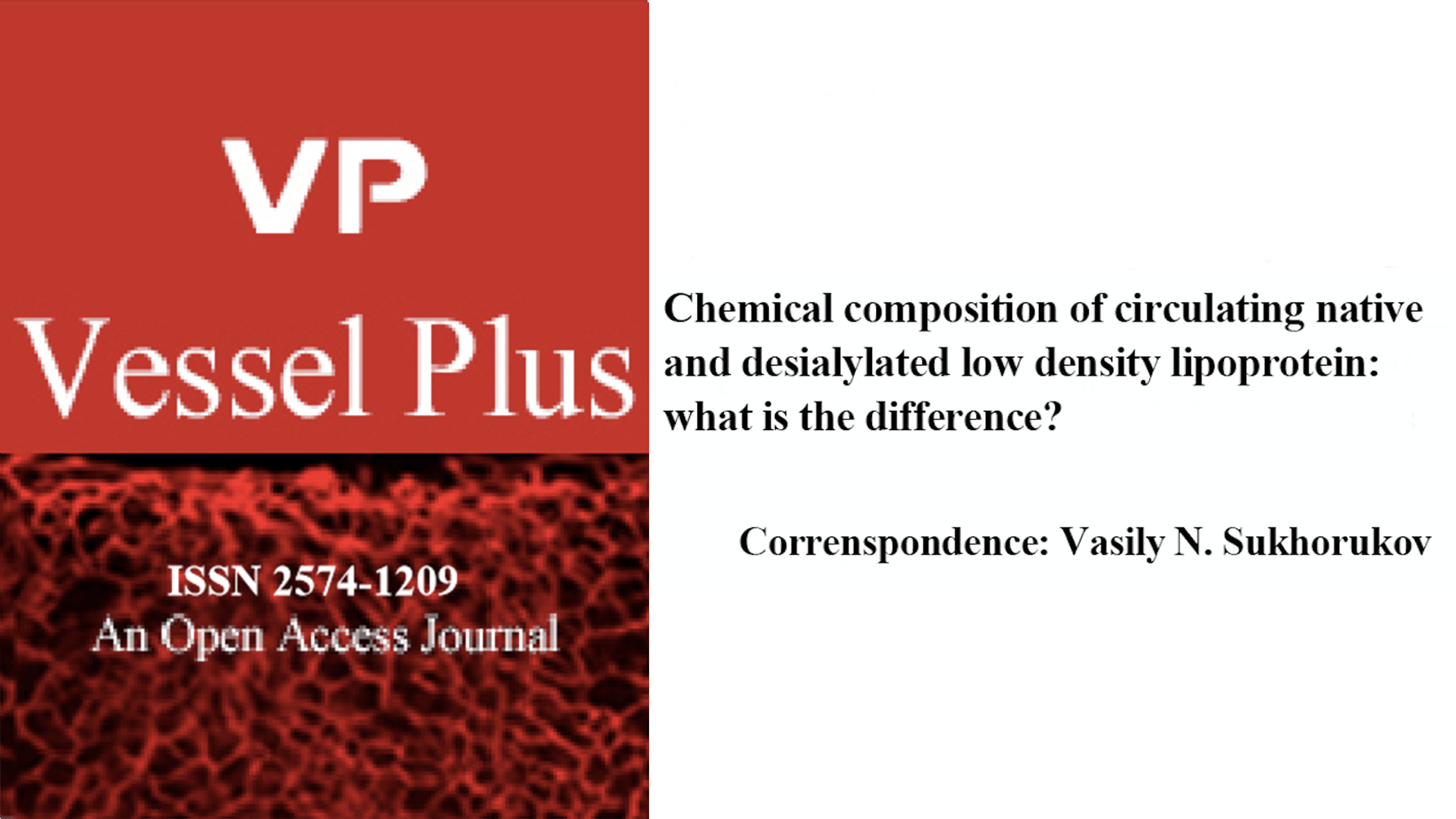Chemical composition of circulating native and desialylated low density lipoprotein: what is the difference?
Atherosclerosis and related cardiovascular disorders remain the leading global cause of morbidity and mortality. Modified low density lipoprotein (LDL) is considered to play a crucial role in atherosclerosis development. During the past decades, several types of atherogenic LDL modification have been discovered. Desialylation was one of the atherogenic modifications observed in circulating atherogenic LDL in vivo. Sialic acid level negatively correlates with triglyceride and cholesterol contents. Desialylated LDL is small, dense and highly susceptible to oxidation, as reported for hyperlipidemic conditions. This atherogenic modification leads to increased cholesterol intake by macrophages and smooth-muscle cells, and is also associated with other pathologies, such as diabetes mellitus. Moreover, these conditions provoke damage and desialylated LDL particles may trigger autoimmune reactions in macrophages and B-cells.
